
Culture
17:47, 13-Dec-2017
A tour of the haunting Nanjing Massacre museum
By Su Yuting
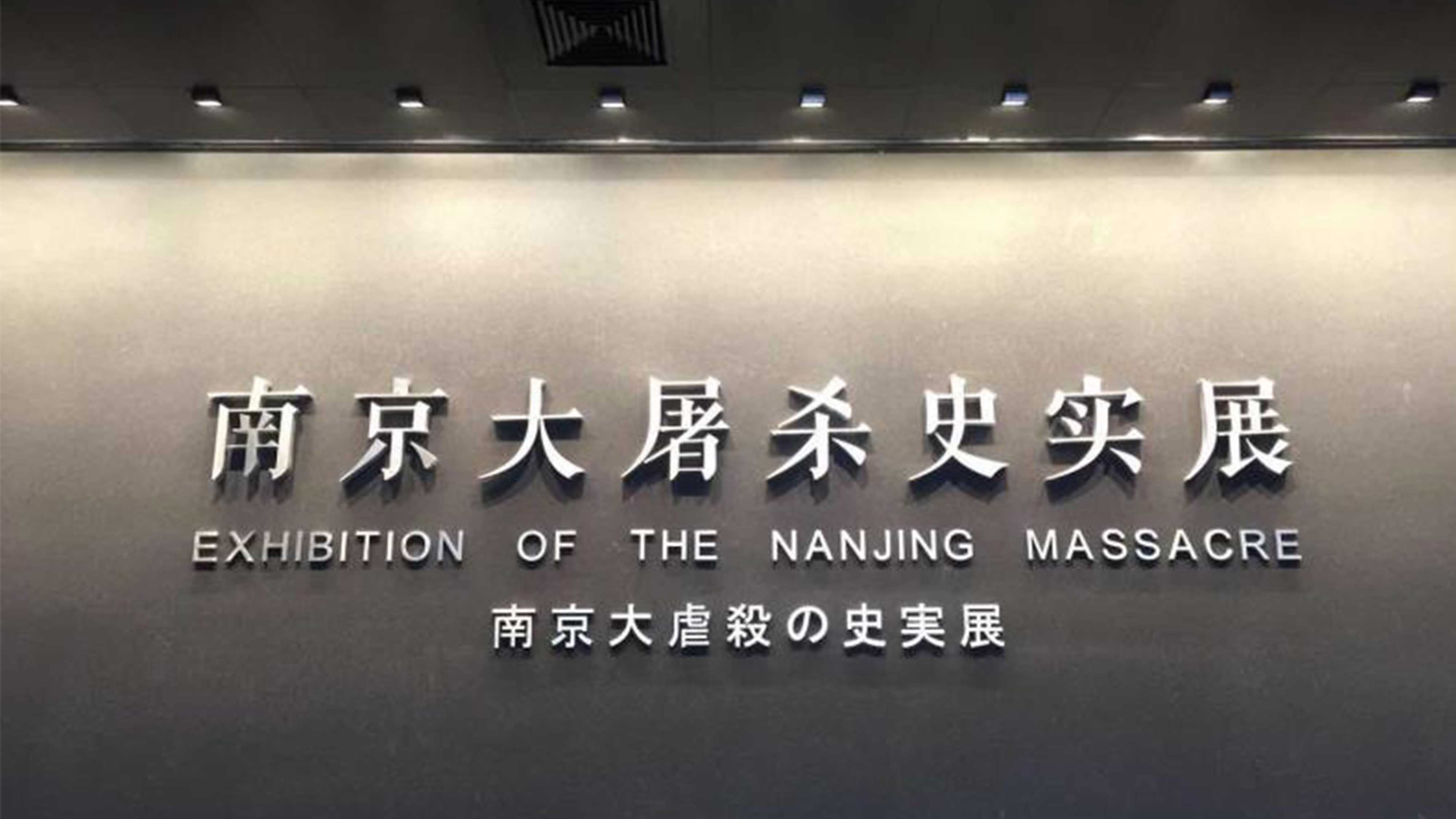
A redecorated wing of the Memorial Hall of the Nanjing Massacre reopened on Wednesday as China marked the 80th anniversary of the atrocity.
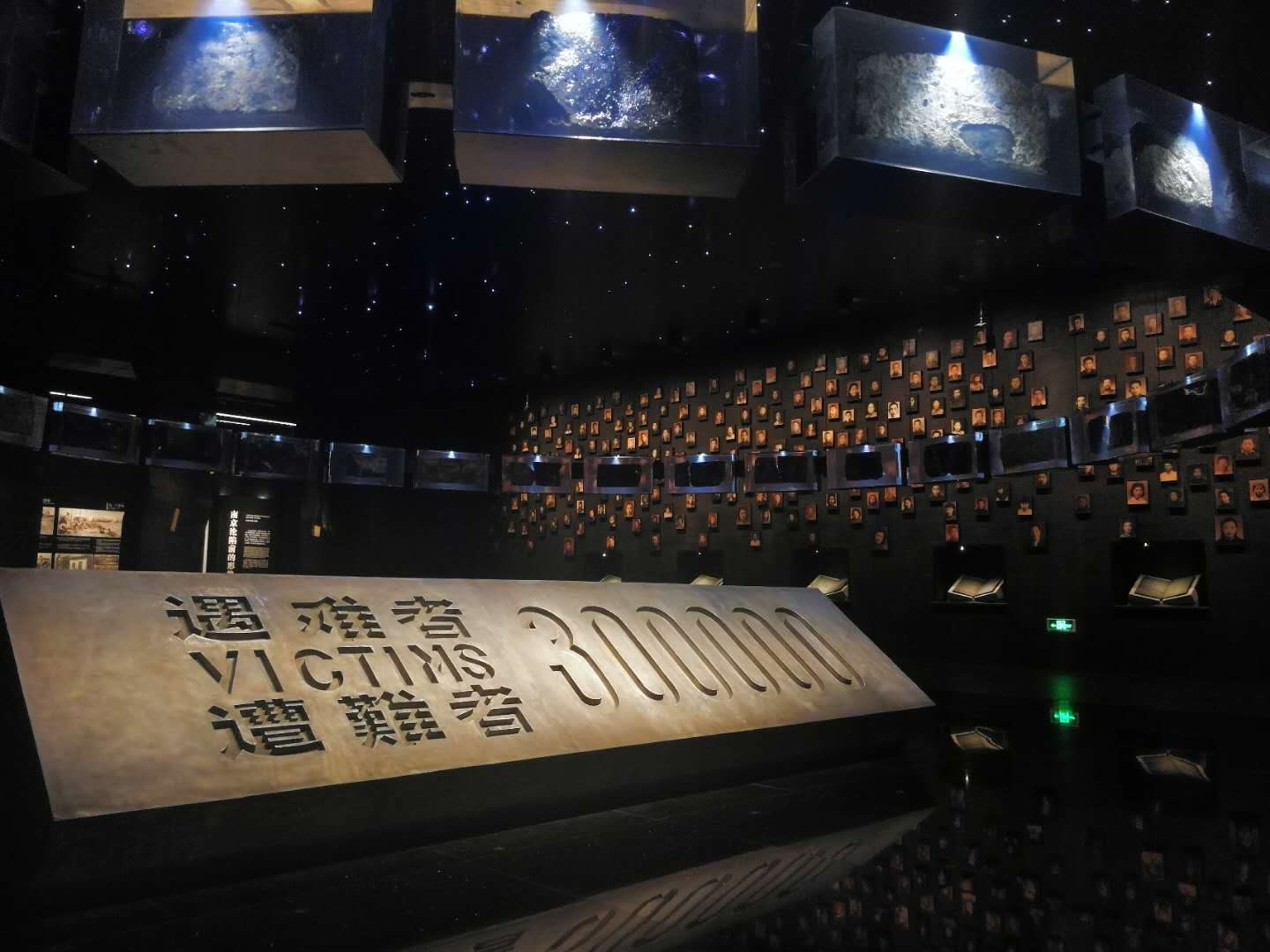
CGTN Photo
CGTN Photo
The Nanjing Massacre was a brutal crime against humanity and one of the darkest pages in human history. The total number of victims exceeded 300,000.
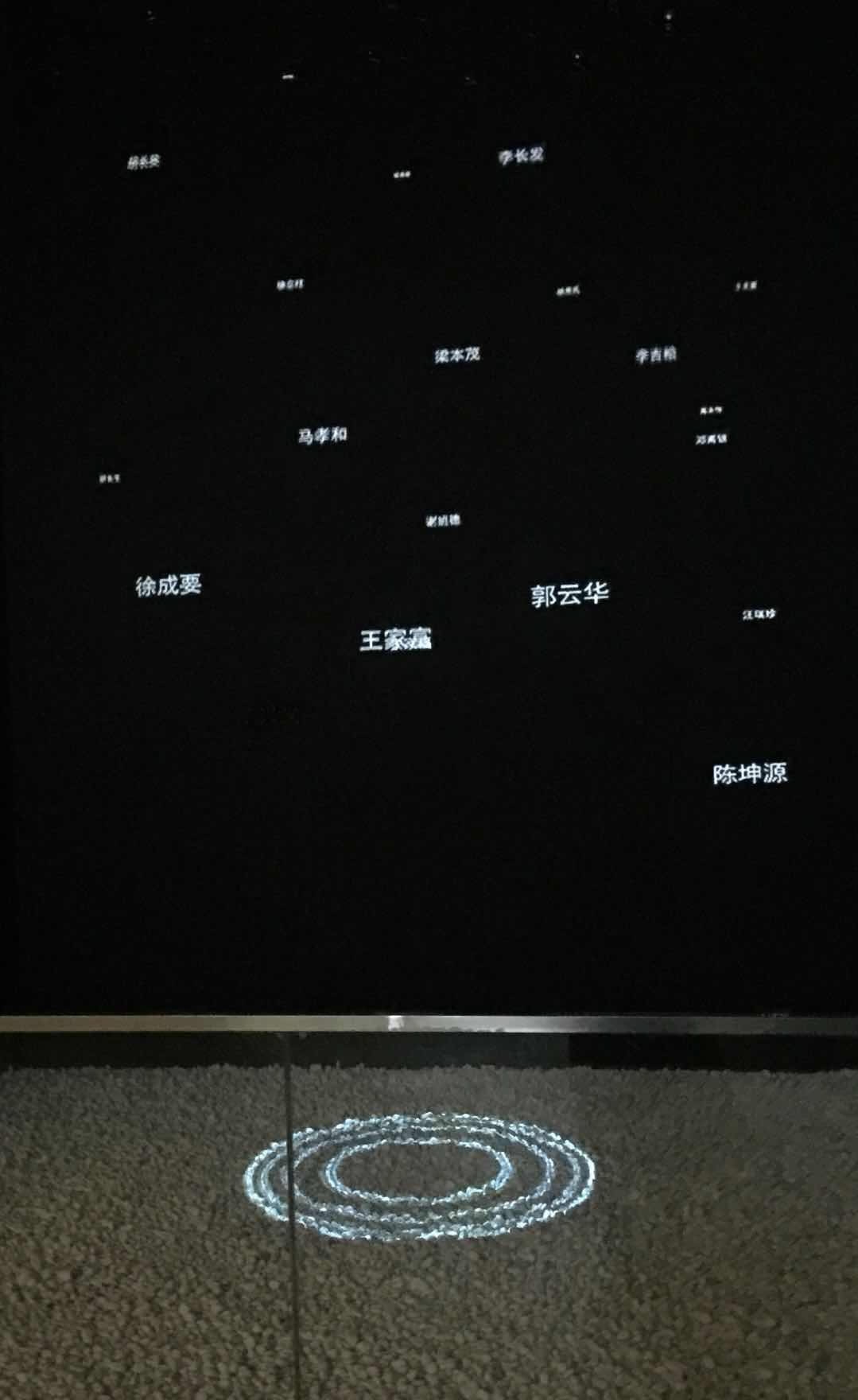
CGTN Photo
CGTN Photo
In one video display, a person's name fades away every 12 seconds, while a star and a drop of water fall down. It symbolizes that during the six weeks of slaughter by Japanese invaders, one life perished every 12 seconds.

CGTN Photo
CGTN Photo
A huge wall holds over 12,000 boxes of files about the Nanjing Massacre. Those archives contain personal information of victims, survivors and overseas witnesses and their detailed testimonies.
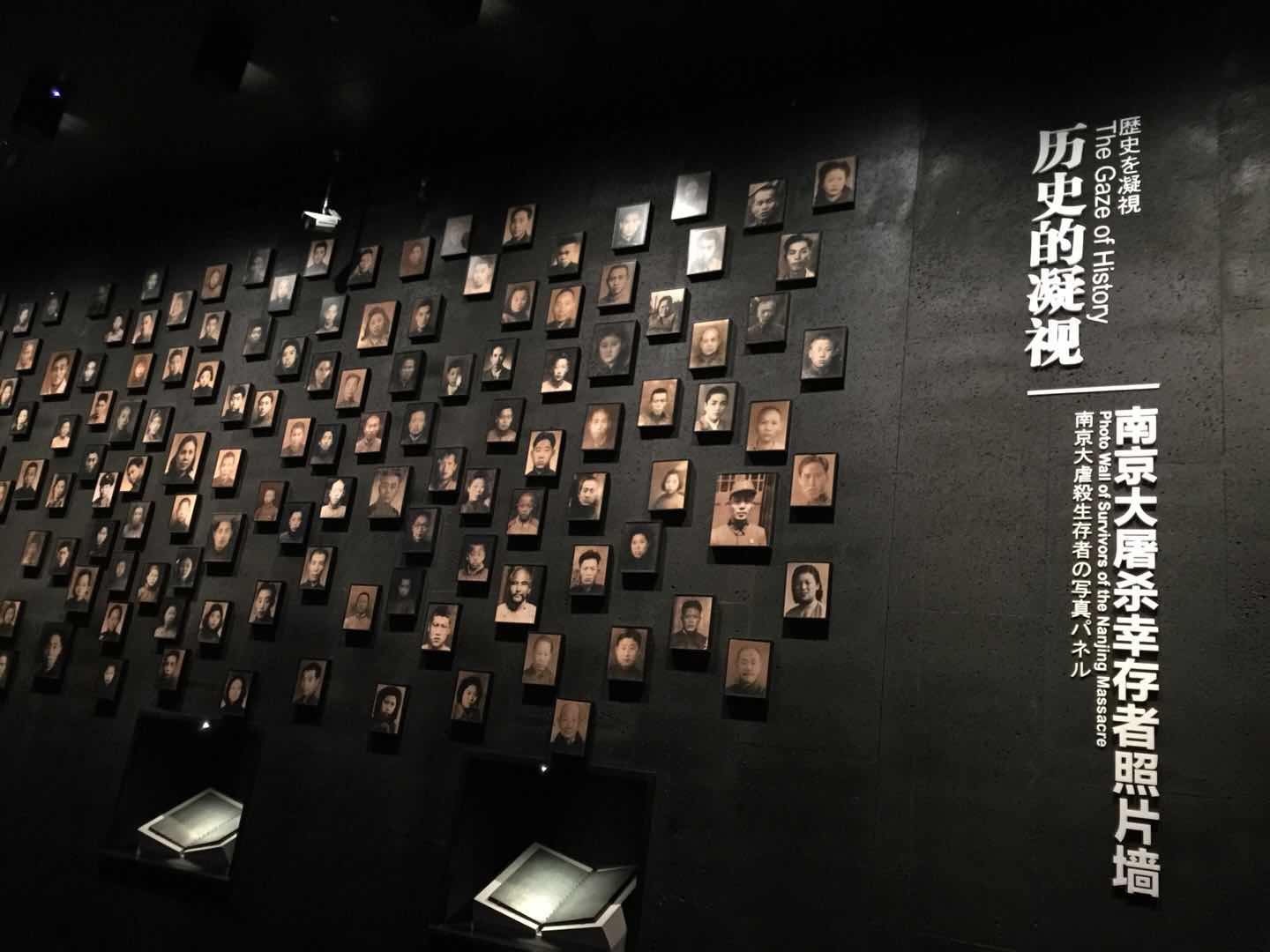
CGTN Photo
CGTN Photo
Another photo wall shows 100 registered survivors of the massacre still living as of September 30, 2017. The lights on photos are turned off as each survivor passes away.
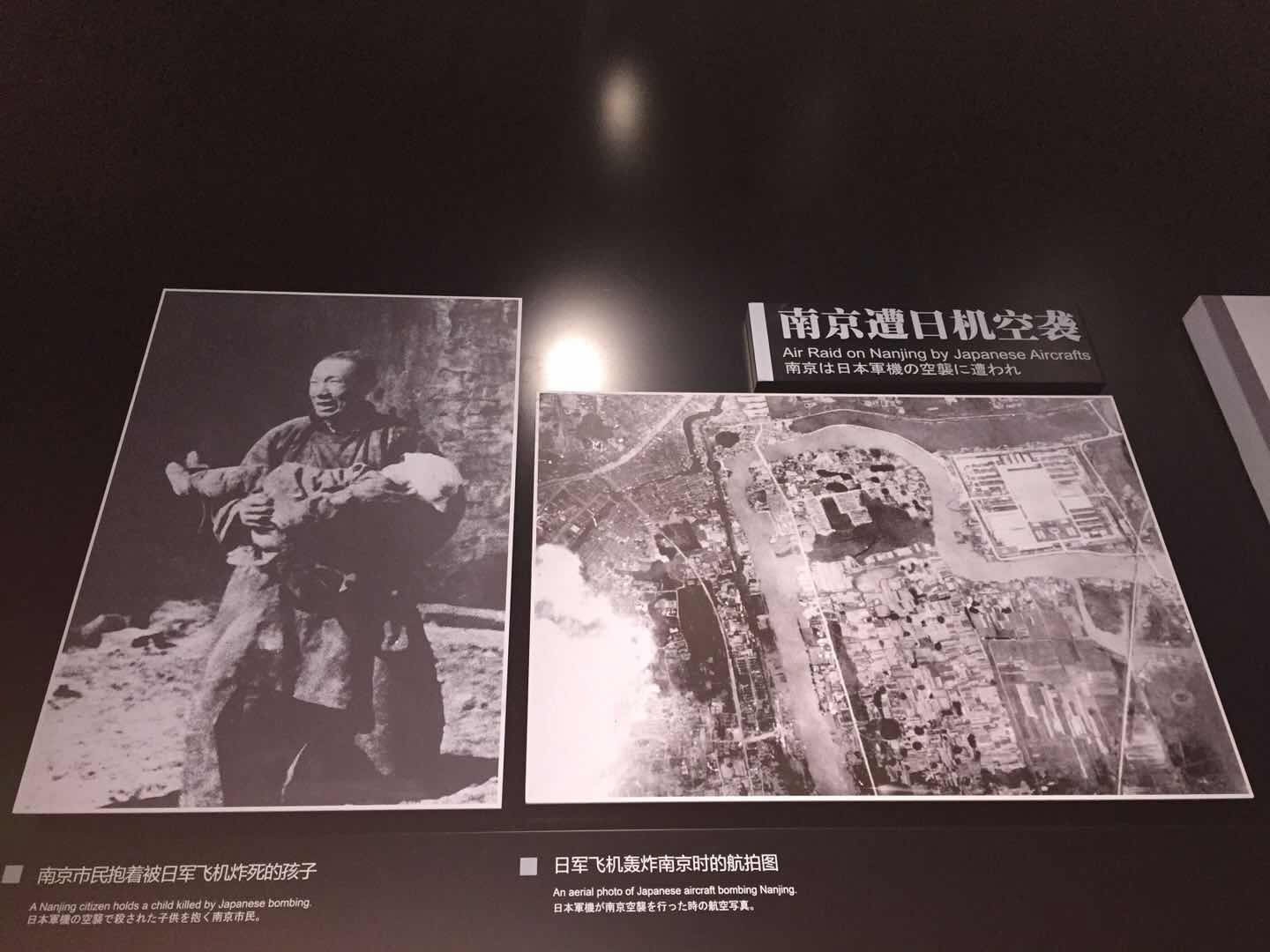
CGTN Photo
CGTN Photo
Although the lights fade, history will never be forgotten. It was a disaster from the sky in August, 1937 when Japanese aircraft launched a raid on Nanjing. The city was continuously bombed for nearly four months. The Memorial Hall has plenty of evidence of the aerial annihilation, such as a photo of an elderly man in Nanjing holding a child who was killed by the Japanese bombing.
And on December 13, Nanjing fell into Japanese hands. After seizing the eastern city, the Japanese troops resorted to massive hunting and killing of soldiers and even innocent civilians in violation of international conventions. In the first month following the fall of Nanjing, nearly 20,000 cases of rape occurred in the city, and in six weeks, about one-third of the city was destroyed.

CGTN Photo
CGTN Photo
Japanese troops also robbed public and private properties and committed arson wherever they went. Hairpins, a thimble, copper coins, a tea mug, buckets and other victims' belongings unearthed at the massacre site show Japanese soldiers killed civilians no matter whether they were young or old, male or female.

CGTN Photo
CGTN Photo
They also conducted sporadic massacres everywhere, by shooting, stabbing, chopping, burning, and burying people alive. They even conducted a killing contest. A Japanese newspaper published a report saying that a soldier had killed 106 people while the other had killed 105. Since there was no way to decide who had been the first to kill 100 people, they adjusted the target to 150 people and continued the race of killing.
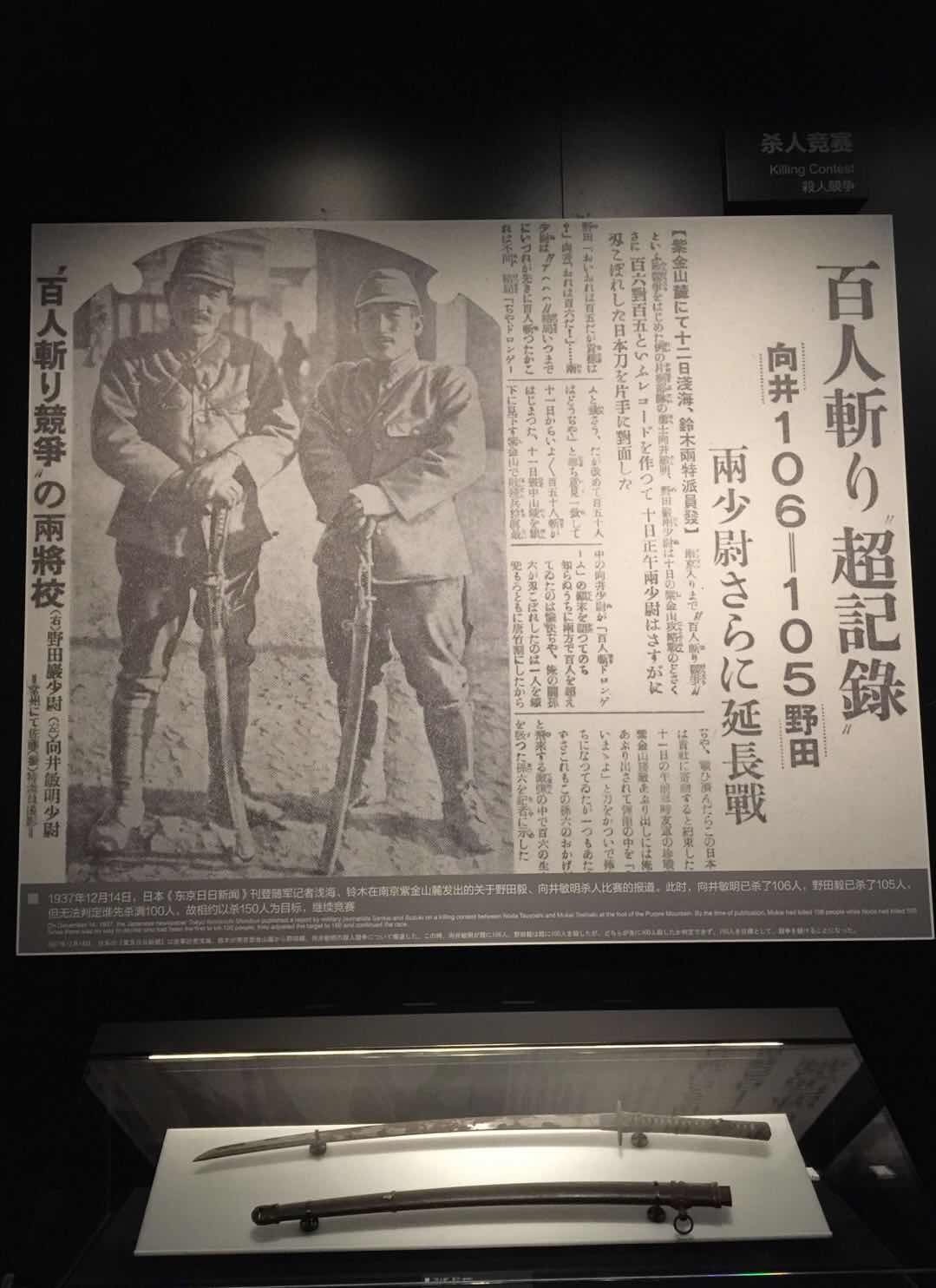
The "hundred cuts" army sword used in the contest to kill 100 people by Japanese soldiers. /CGTN Photo
The "hundred cuts" army sword used in the contest to kill 100 people by Japanese soldiers. /CGTN Photo
In days dominated by terror, many international friends risked their lives by staying in Nanjing. They helped protect locals in various ways and recorded the atrocities of the Japanese invaders. They worked closely with the Chinese people in establishing the Nanjing Safety Zone, and set up over 20 refugee shelters where about 250,000 people were accommodated and assisted.
One of them is American priest John Magee who used a camera to record the brutal massacre. Many of the images published by the media are from Magee's films. He was also invited to the International Military Tribunal for the Far East to testify as a key witness to the Nanjing Massacre. A number of Japanese war criminals’ names were publicized then.
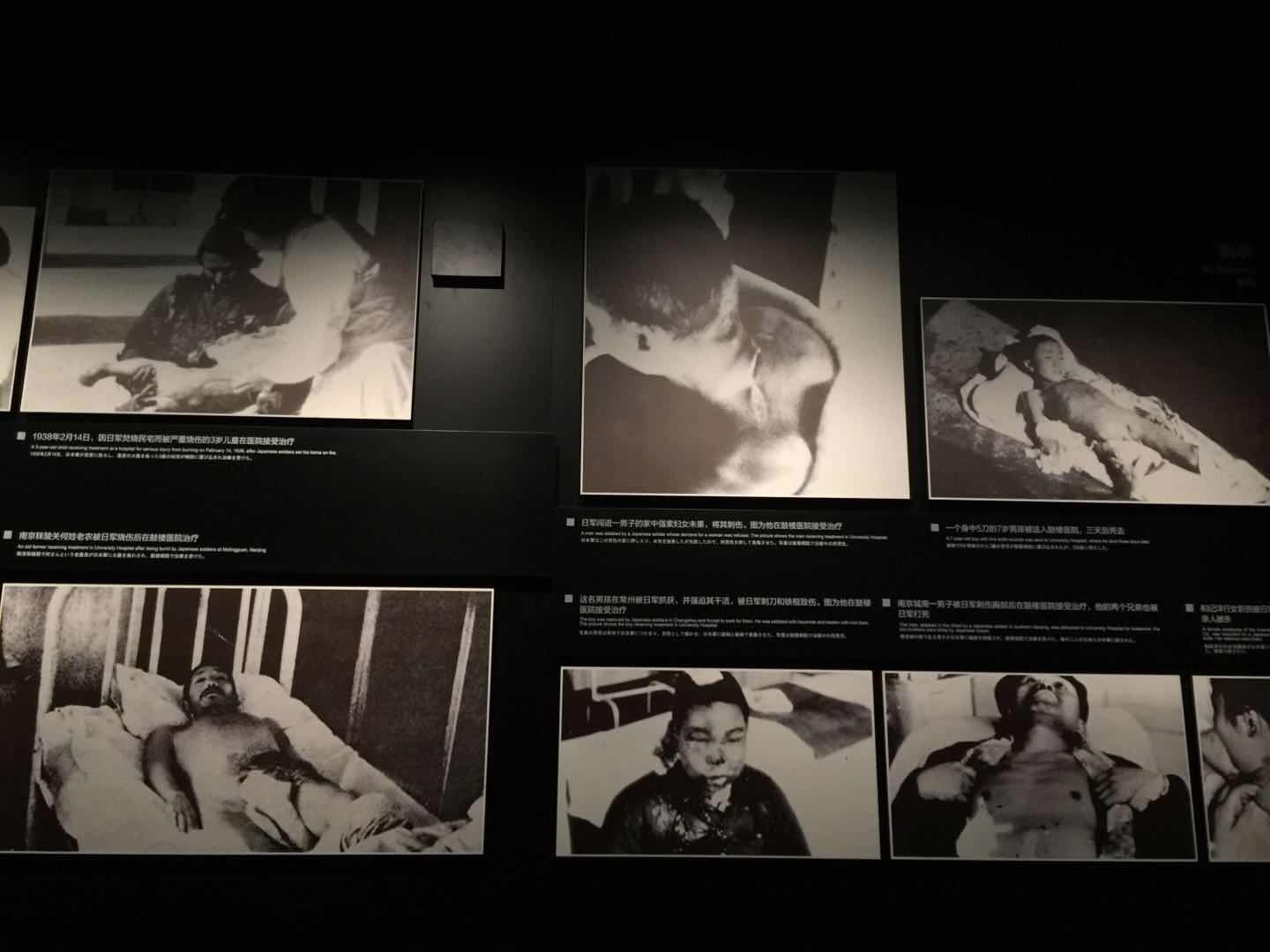
CGTN Photo
CGTN Photo
Zhang Jianjun, curator of the Memorial Hall of the Victims in Nanjing Massacre by Japanese Invaders said, "We are now standing at the last hall of the exhibition, this room is full of sunshine. It represents we are living in the peaceful environment now. Although we live in peace, but we can't forget the horrible past, we should remember the history forever."
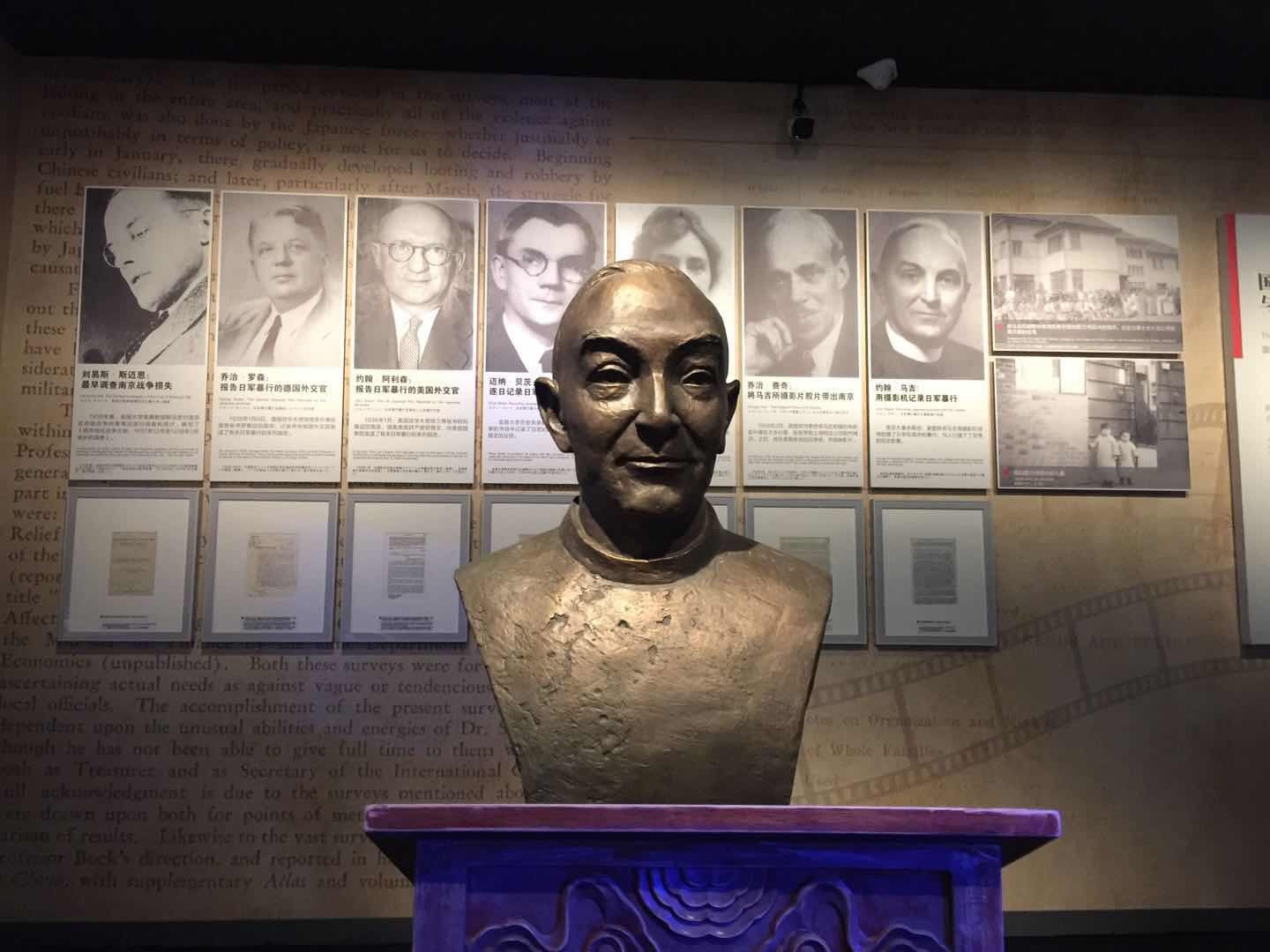
CGTN Photo
CGTN Photo
Just as survivor of the Nanjing Massacre Li Xiuying said, " remember history, but not with hatred." The Nanjing Massacre should be remembered to inspire everyone with a kind heart to safeguard peace, increase the awareness of building a community with a shared future for mankind, eliminate hatred and war, and promote peaceful development and common prosperity.

SITEMAP
Copyright © 2018 CGTN. Beijing ICP prepared NO.16065310-3
Copyright © 2018 CGTN. Beijing ICP prepared NO.16065310-3